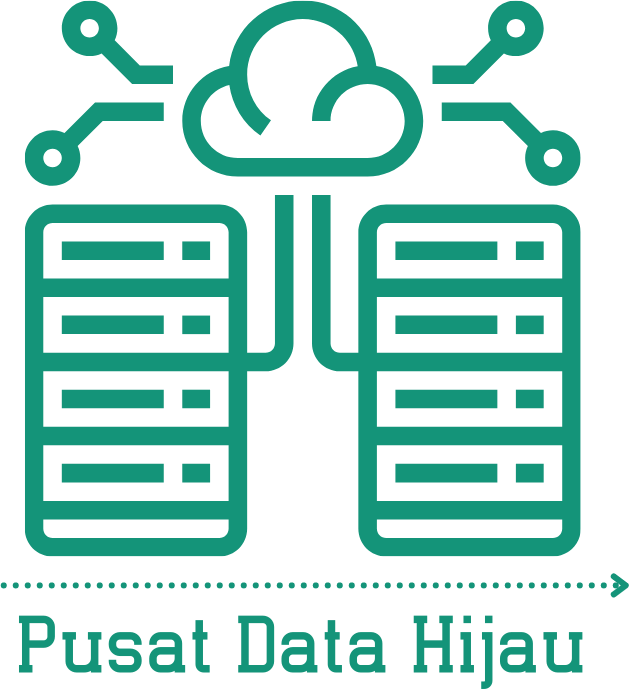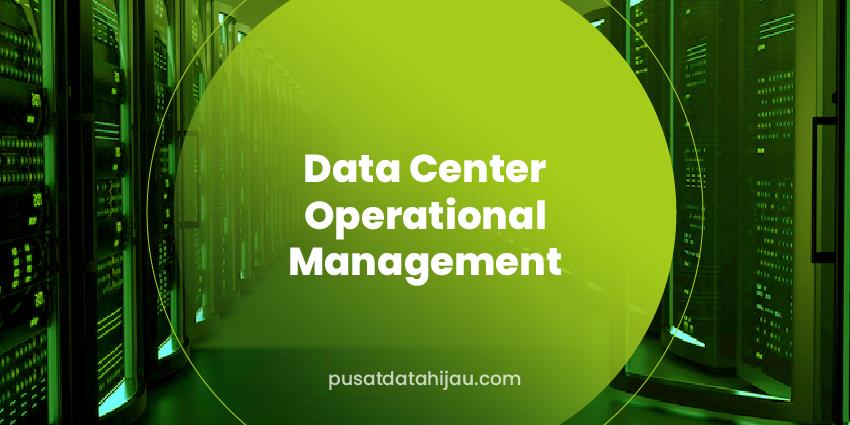More and more data centers are turning to sustainable practices to be more eco-friendly. Data center operational management is a crucial piece of this puzzle. It is essential in the aspect of energy conservation. Power efficiency is the first thing on the agenda for data center operational management.
Eco-Friendly Tips for Data Center Operational management
Energy efficiency is a core value of any data center today. An efficient server room helps to reduce the overall costs associated with running the data center. Likewise, it also reduces carbon footprint by lowering electricity consumption.
To be more specific, there are a few areas that data center operators should be focusing on for operational management to achieve maximum energy efficiency:
Right Sized Servers
The servers in a data center should be allocated based on the expected utilization of resources. The data center can lower the idle time of servers and hence reduce overall power consumption.
Right Sized Cooling
The average data center’s cooling system uses about 40 percent of the total energy used by the facility. Furthermore, many data centers run on a single or dual-parallel cooling system. This poses a significant problem because if one cooling unit fails, the other is left to carry 100% of the load. Maintaining two units in this way can rapidly increase expenses and reduce uptime.
A more efficient solution is using multiple cooling systems, also known as “parallel redundant” cooling systems. Data centers using parallel redundant systems use multiple cooling units designed to run in conjunction with one another. The design of these systems allows for increased efficiency while reducing energy costs.
These complex cooling systems ensure that your data center continues to operate even if there are problems with one of the units; it will continue to operate at a higher efficiency than with a single cooling unit in place.
HVAC Maintenance
HVAC maintenance is another aspect that needs proper attention if required. It can ensure the availability of systems and hence improve uptime.
Power Efficiency
Finally, power efficiency is essential to ensure maximum energy efficiency in a data center environment. We can achieve this through various means, such as Power Optimization, Power Conditioning, and UPS Management.
Power Usage Effectiveness
The power usage effectiveness index (PUE) is the ratio between the total energy used by a data center and the amount it uses directly for IT purposes. It’s usually expressed as a number between 1 and 2, and ideally should be 1.2 or lower. The less electricity you use for non-IT purposes—like cooling equipment, lights, heating, and other necessary things—the fewer resources you use that could be better spent powering your servers.
Data centers are responsible for 2 % of total carbon emissions.
In many parts of the country, it makes sense to run your data center on renewable energy provided by wind or solar sources rather than relying on electricity generated by coal and fuel plants.
Data centers are responsible for 2% of total carbon emissions. There are several reasons, but their primary power source – electricity – is the most significant factor. The U.S. consumes about 4% of the world’s electricity and generates about 30% of the world’s total CO2 emissions. Electricity production is one of the most carbon-intensive energy sectors, with data centers accounting for nearly one-third of the energy consumed by commercial buildings in the United States.
How to Reduce the Carbon Footprint of Your Data Center?
One of the essential things that data center managers can do to reduce the carbon footprint of their center is to recognize that there are many small changes they can make that have an aggregate impact on their carbon footprint. Some of these actions might seem very simple and obvious, but when you consider what a substantial environmental impact even a small change could have, it is worth doing everything possible to reduce the carbon footprint as much as possible.
Read also: Green Data Center Metrics to Measure Low Emission Level
To reduce the carbon footprint of your data center, consider taking advantage of green power providers in your area and promoting server consolidation and virtualization. These two steps will help you reduce power consumption while also allowing you to reuse old equipment that would otherwise be discarded.
The 3R Approach – Reduce, Reuse, Recycle
For organizations seeking to balance the need for cost-effective, reliable IT services with concerns about their environmental impact and energy consumption, the 3R approach—reduce, reuse, recycle—has proven effective and efficient.
The 3R approach is an energy efficiency technique that focuses on reducing the energy consumed by the data center, reusing and recycling materials to cut down on wasted resources and recycling already produced materials, and reusing already used materials to reduce the need for additional material production.
The first step in the 3R approach is reducing energy consumption. This 3R approach implements various means, such as using green power providers, improving cooling efficiency, and promoting data center consolidation and virtualization.
Once the steps to reduce power consumption are completed, the next step is to reuse existing equipment by passing on decommissioned equipment to another company or agency or donating it to nonprofit organizations.
The ultimate goal of the 3R approach is to recycle old equipment by reusing materials to make new products or recycling the components for use in raw materials.
Converting to this technique can help your company reduce its carbon footprint and build a sustainable business model that will sustain it in the future.
Conclusion
While data centers play a vital role in how companies conduct business today, they significantly negatively impact the environment. A typical data center consumes more than 40 megawatts of power and uses millions of gallons of water each year to keep servers running. Many organizations are making changes to their data center operational management to reduce their carbon footprint.
Operational management is the key to building a sustainable and cost-effective data center. Data center operational management includes power management, cooling, planning and construction, disaster recovery, capacity planning, and more. The operational costs of a data center can become a huge burden on the budget if the facility is not efficiently run. When designing your data center, consider how you will maintain it over its lifetime.

